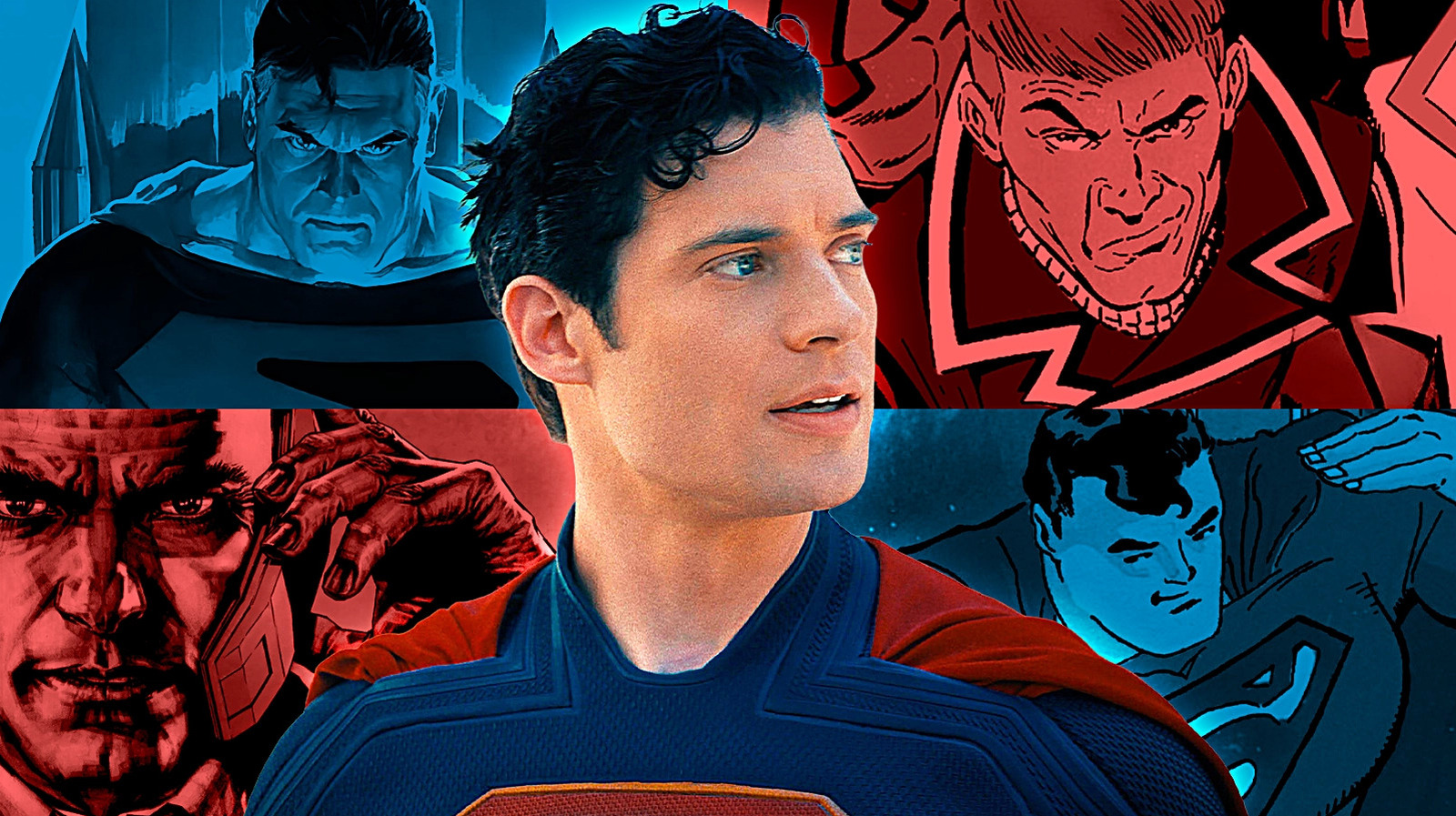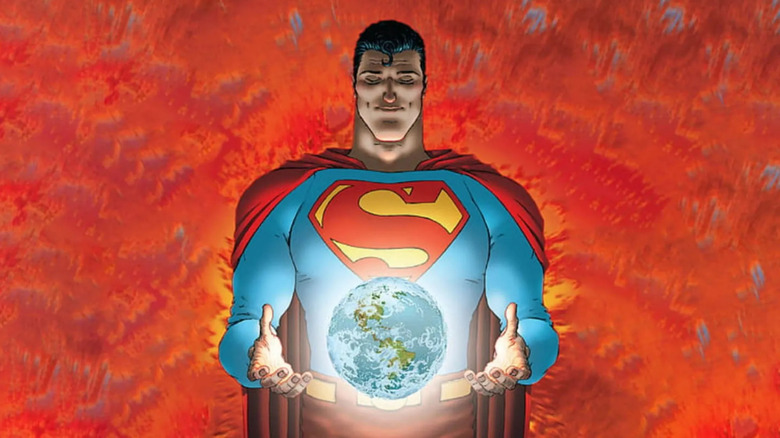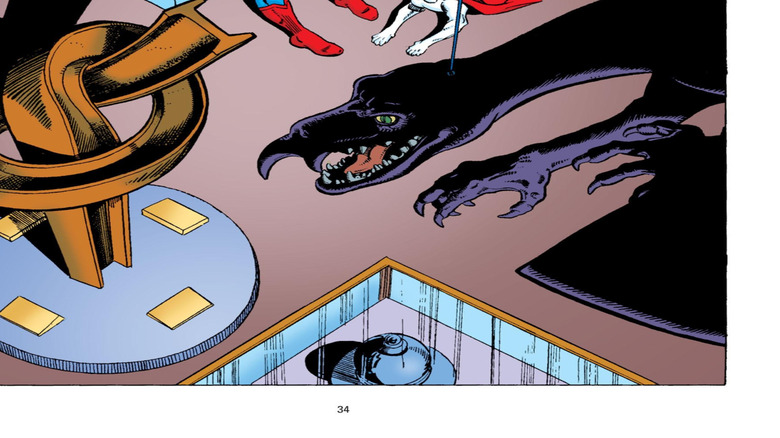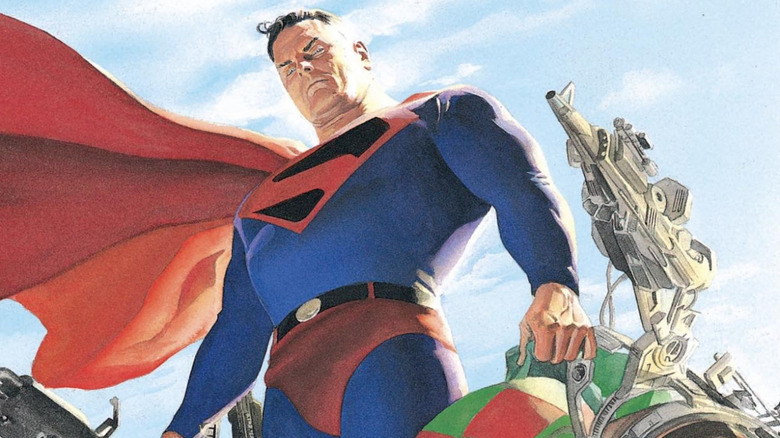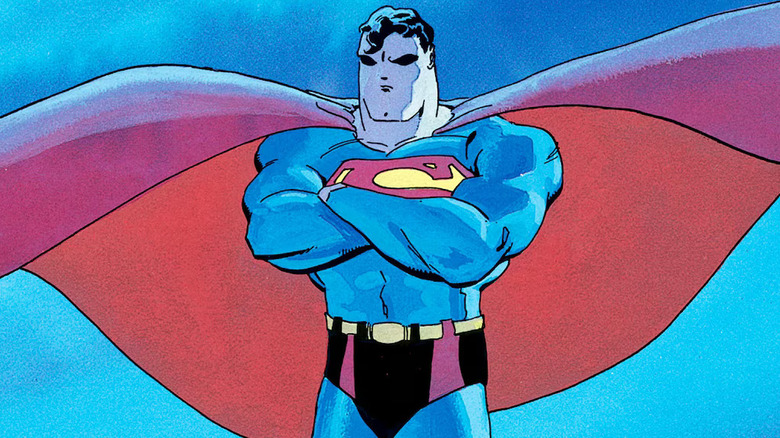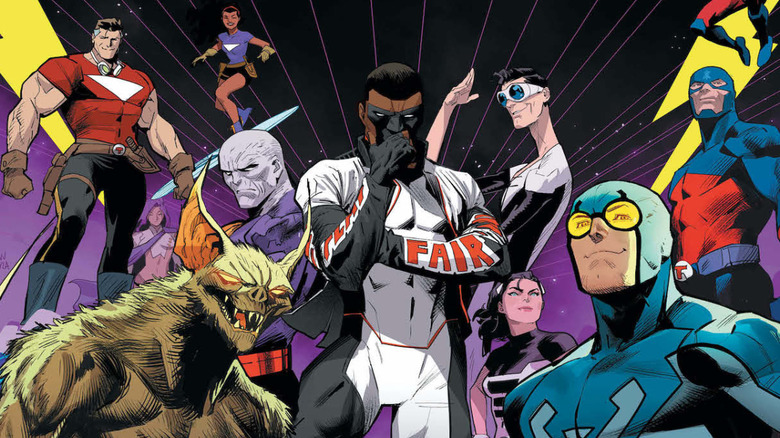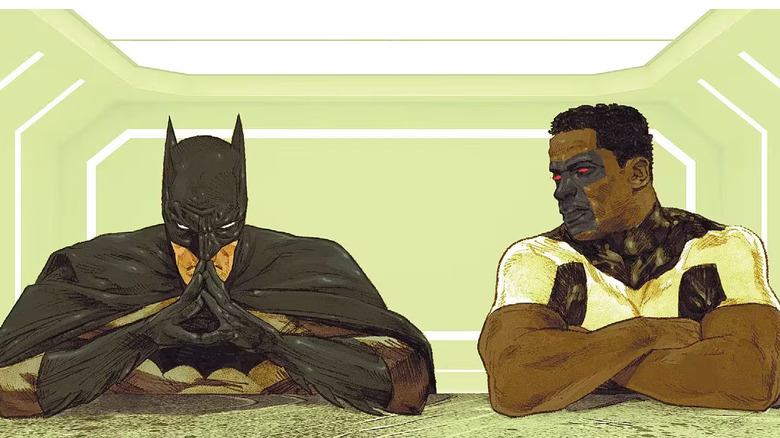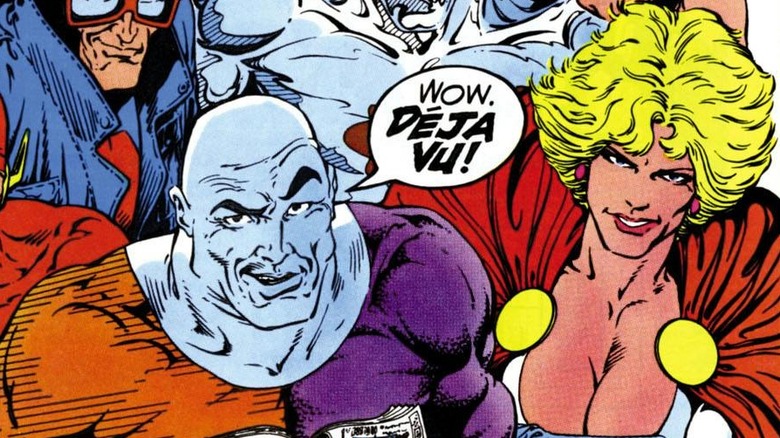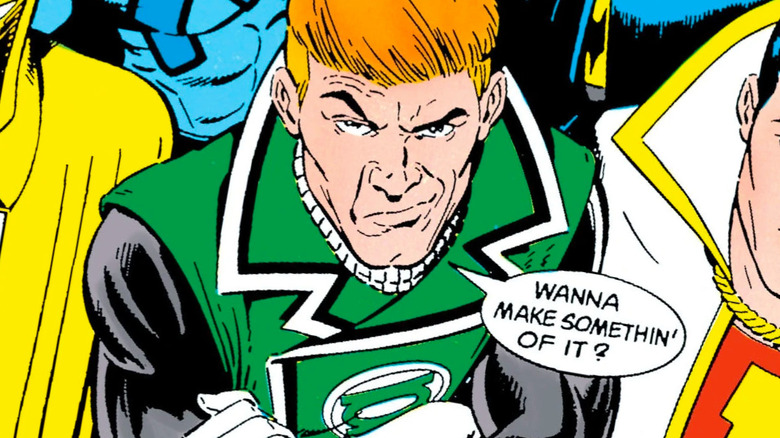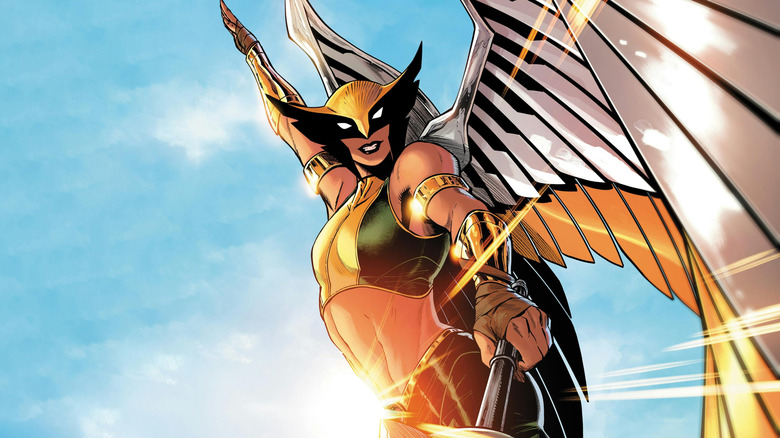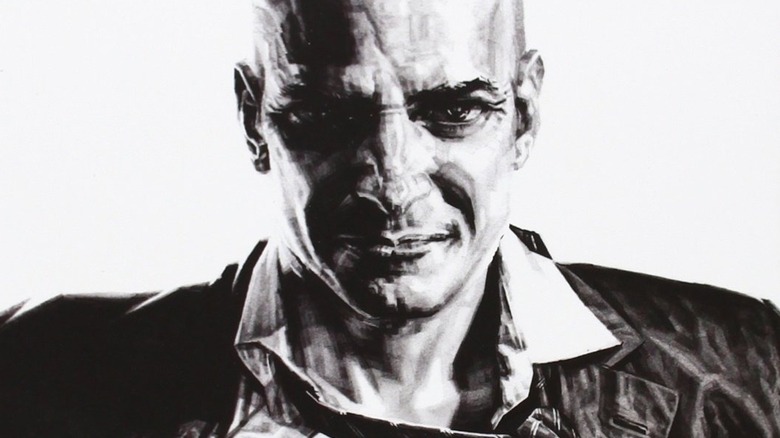James Gunn’s “Superman” is approaching faster than the speeding bullet, with mere weeks left before superhero fans across the globe witness the dawn of a new DC Universe at the cinemas. A critical project for the future of both Warner Bros. and Gunn’s fledgling DC Studios, fans are expecting a version of the Man of Steel that avoids the pitfalls of, well, “Man of Steel” — and the rest of Zack Snyder’s DC Extended Universe, for that matter.
The key differences between Snyder and Gunn’s universes will most likely come largely as a result of the comics they drew their inspiration from. Synder famously loved gritty Elseworld stories like Alan Moore’s “Watchmen” and Frank Miller’s “The Dark Knight Returns,” and their influence was felt throughout his work in the DCEU. Meanwhile, Gunn himself has already proudly cited certain Elseworld stories, Moore comics, and even a dystopian alternate “Justice League” as being part of his creative foundation for “Superman.”
Fans will certainly want to check out these classic DC Comics — as well as a few others that may have inspired the upcoming film — before “Superman” hits theaters.

